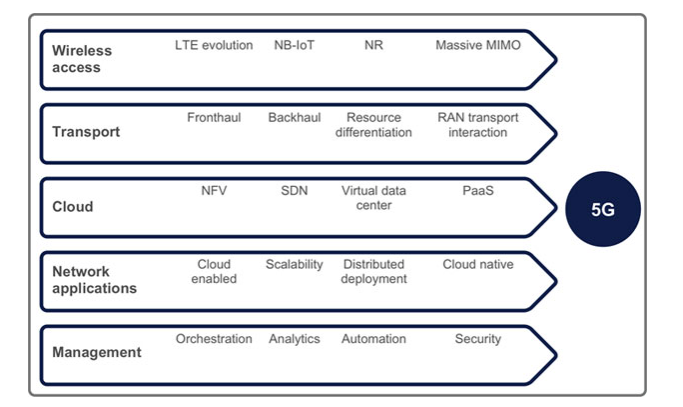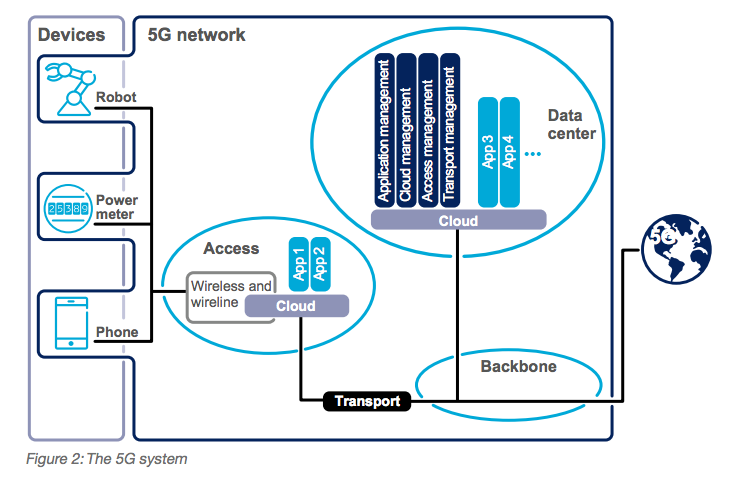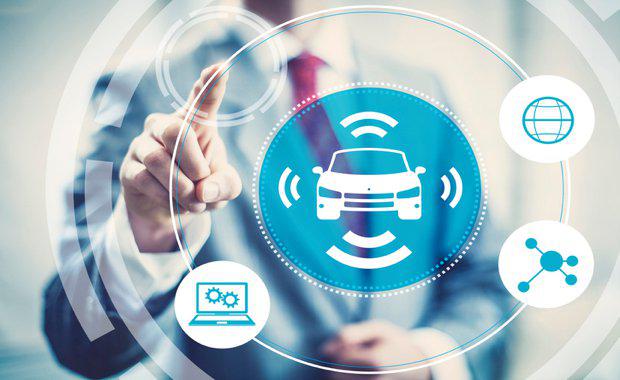Connectivity was everywhere at the Consumer Technology Association's conference (CES) in Las Vegas 2017 - enabling nearly every product category, from self-driving cars and smart cities to digital health and 5G.
5G means business, with users reportedly able to download around 4000 HD movies at once using the new network. The technology will be trialled in Queensland at the 2018 Commonwealth Games.
Qualcomm Technologies, Inc., is a subsidiary of Qualcomm Incorporated, Ericsson, and AT&T, and during a keynote speech at CES, the company's CEO Steve Mollenkopf introduced the 5G future; a new kind of network with unprecedented scale, speed and complexity.
"5G will be the tipping point that builds on LTE and finally enables IoT," said Mr. Mollenkopf.
“CES 2017 was a coming out party for the future of 5G which we estimate will generate a net 20 million new jobs,” said Dr. Jim Mault, vice president and chief medical officer, Qualcomm Life.
“5G isn’t an incremental improvement in connectivity, or even just a new generation of mobile,” said Mr Mollenkopf, “5G will be a new kind of network, supporting a vast diversity of devices with unprecedented scale, speed and complexity."

5G capability. Source: EricssonMr Mollenkopf added that in the lead up to 5G, billions of mobile devices with extraordinary power are uniting with advancements in robotics, artificial intelligence, autonomous vehicles, nanotechnology, and more—creating the "Invention Revolution."Central to Mr Mollenkopf’s keynote were the results of The 5G Economy study, an independent research study commissioned by Qualcomm.
The study found that 5G’s full economic effect will be realised across the globe by 2035, supporting a wide range of industries and potentially producing up to $12 trillion worth of goods and services. The study also revealed that the 5G value chain (OEMs, operators, content creators, app developers and consumers) could alone generate up to $3.5 trillion in overall aggregate revenue by 2035 and support up to 22 million jobs, or more than one job for every person in Beijing, China.
What is 5G?
At 100 times faster than NBN, 5G is set to be the newest generation of wireless technology, and has real potential to change the way customers, business, and industry connect and operate day to day.
5G is expected to enhance existing 4G services with additional capacity, higher speeds, and lower latency (delay time), and support huge numbers of machine connections.

Source: Ericsson White PaperFor customers, this will take video consumption to a whole new level, enable radical new use cases such a remote medical procedure, self-drive cars, autonomous drones and further support the massive increase in IoT connected devices expected in the coming decades.
Additionally, one of the key strengths of 5G will be delivering these benefits to key industries (such as mining, transport, and agriculture) when and how they need it, in order to improve automation, process control, and monitoring.
Telstra Is On Board
Telstra has been busy embedding its employees into Ericsson’s 5G Research teams in Sweden to develop the 5G radio channel models and to train our engineers on the fundamentals of 5G radio operations.
Telstra recently conducted 5G radio testing at Ericsson’s 5G experience centre with tests in the lab delivering download speeds of greater than 20Gbps. That’s the equivalent of downloading around 4,000 different HD movies all at the same time.
Why Is This Important For Our Cities?
According to Mr Mollenkopf, the biggest advancements will be building immersive experiences such as virtual and augmented reality through constant connectivity, connecting everything via a massive number of sensors as part of the Internet of Things; and transforming industries, like transportation, by ensuring connectivity for those moments when systems simply cannot afford to break down.
Telstra announced plans to deploy the first 5G trial on Telstra’s mobile network on the Gold Coast for the Commonwealth Games in 2018. Planning for this trial continues.
What Opportunities Does 5G Offer The Development Industry?
According to News.com.au, field trials late last year showed 5G networks were capable of delivering 20 gigabits per second downloads to phones, though the technology could be capable of delivering downloads up to 1000 time faster than current 4G networks.
And according to Ericsson's report "Opportunities in 5G: The View From Eight Industries", the automotive industry wants 5G to enable new offerings such as enhanced GPS, collision avoidance and connected car technology.
Crucial for Smart Cities
5G for smart city networks include remote monitoring of city infrastructure, real-time traffic information and public safety alerts for improved emergency response times.
Infrastructure
Stadium networks can offer audiences a blend of physical and virtual experiences during concerts and sporting events, and allow crowd sourcing through the sharing of personal points of view.
Transport
Passengers traveling in a high-speed train are able to utilise the travel time for leisure or business activities while enjoying a user experience of the same quality as when they are either stationary or moving at a much slower speed. Stuck in traffic in your self-driving car? No worries.

Finance
The financial services industry expects 5G to boost real-time mobile trading and high frequency trading. With security top-of-mind in the financial world, though, 84 percent of financial services executives in Ericsson's survey expressed even greater interest in 5G's potential for powering more secure transactions. This means that project and residential deals will happen faster, safer and more securely online.
Automation And Smart Homes
Increased performance, increased security and device-to-device communications are expected to fully embrace 5G, according to Ericsson. The connected car is the major trend in the auto industry, and while many are looking ahead to self-driving systems, enhanced GPS with instant traffic and map updates is the most favoured use for 5G globally.
Next-generation mobile networks, powering broadband, smart homes, and human-machine interaction, will improve the quality of life for the general public.
High-Tech Manufacturing
With disruption from new entrants and business processes threatening the manufacturing industry, Ericsson showed majority of companies plan to take advantage of 5G technologies to increase productivity, improve the customer experience and introduce new products and services to consumers faster. Many expect 5G to help manage risks through monitoring of assets and improving remote site safety and security.
The low latency of 5G allows factories to shift their robots’ “intelligence” to the cloud, lowering the cost for individual robots while expanding the ability to control many robots at once, enabling better coordination between robots on a factory floor producing building materials, for instance.
Ultimately, this means faster time from the factory floor to the market.












